If you have a blog or a website, you know how vital a CMS(Content Management System) is to your business, right? So knowing how to update WordPress safely is part of managing your platform.
Updating WordPress ensures that you can safely continue to enjoy all the resources it offers to develop more complete websites. You are thus favoring the growth and scalability of your business.
The same ends then, applying to updates to the plugins provided by it. After all, these extension modules complement the creation of professional websites by bringing new functionality to them.
Many website creation agencies work with already optimized platforms. That is, installing WordPress for your customers and facilitating the process of implementing this system. However, the update is up to its managers, and it is there that all knowledge on this subject becomes necessary. Keep reading and learn more!
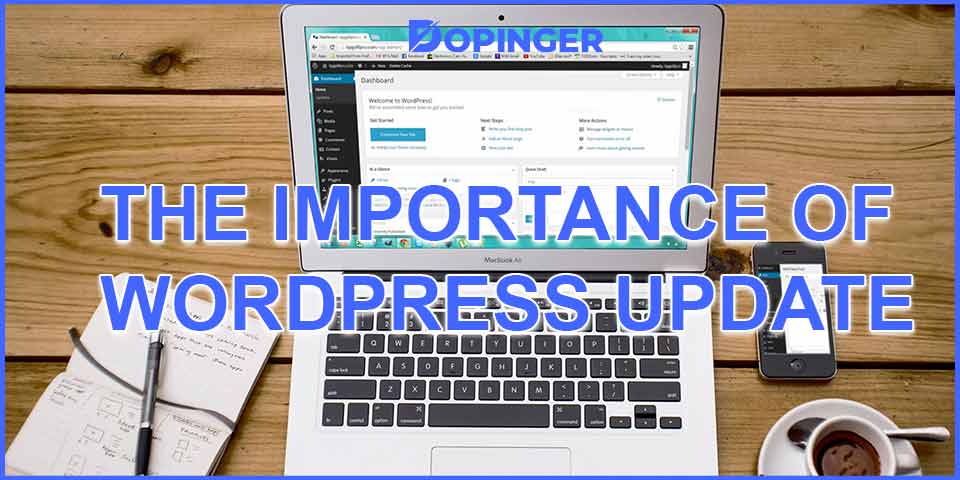
Why Is WordPress Update Important?
There are many reasons for you to update WordPress regularly from bug fixes to functionality. Let’s list those reasons and explain them in detail:
- Security Issues: Security should be your main concern when using WordPress. Updating WordPress prevents your website from being hacked. It also makes your website resilient against any confidential data theft.
- Website Speed: Website speed is one of the most important determinant factors for visitors to stay longer on your website. Updating WordPress speeds up your website and as a result, visitors can use your website on any device easily and may possibly visit it later again. If they find your website not compatible and hard to explore, they will not visit again and you’ll lose traffic.
- Performance: Along with the speed, your website performance is one thing you should be concerned about. Updating WordPress helps you here as well. It fixes bugs and glitches related to your software or plugins and improves your website performance.
- Core Features: The biggest impact of WordPress update may be on your website’s core features. It not only enables a better experience for your visitors but also keeps your website safe. Sometimes, WordPress launches critical updates to help fix major issues on your website, which you should never miss out on.
How to Prepare Before Updating WordPress
Of course, there are certain things you should do before updating WordPress. Here’s a list you certainly need to do before you update WordPress.
- Full Backup: Backup is a must. In case an error occurs, you won’t have any permanent data loss. So, you need to have a complete WordPress data backup, including your website database, files, themes, plugins, and core WordPress files. This will help you restore your WordPress data in case anything goes wrong while updating.
- Deactivate Caching: Caching plugins sometimes cannot see there’s updating going on on your website. If you don’t turn off caching, it might interfere while you’re updating WordPress.
- Update plugins and themes: Updating plugins and themes beforehand will prevent any compatibility issues that might happen during the WordPress update.
- Check Some Forums: Checking some forums and seeing what other people say about the update might be helpful so that you can consider updating or not.
How to Update WordPress Safely
Did you know that creating websites with WordPress is so common because it is the most used and one of the best CMS worldwide? Therefore, acquiring a website that is already significantly installed facilitates the online creation/placement of a brand. With it, you experience several incredible benefits.
This happens for several reasons, one of the main ones being the possibility of installing complementary plugins (extension modules). But, all of these interests come with a catch. Most hacker attacks and invasions occur on this type of platform, as it is considered valuable. This does not make the platform insecure, far from it, as often WordPress releases updates that improve their safety and everything.
This process needs to be done correctly. Thereby you need to ensure you corrected possible flaws, enhanced performance, and installed new features. So, now that you know how to carry out this whole process, we will guide you through how to update WordPress step by step. You also might consider getting WordPress SEO services to avoid mistakes during this process.
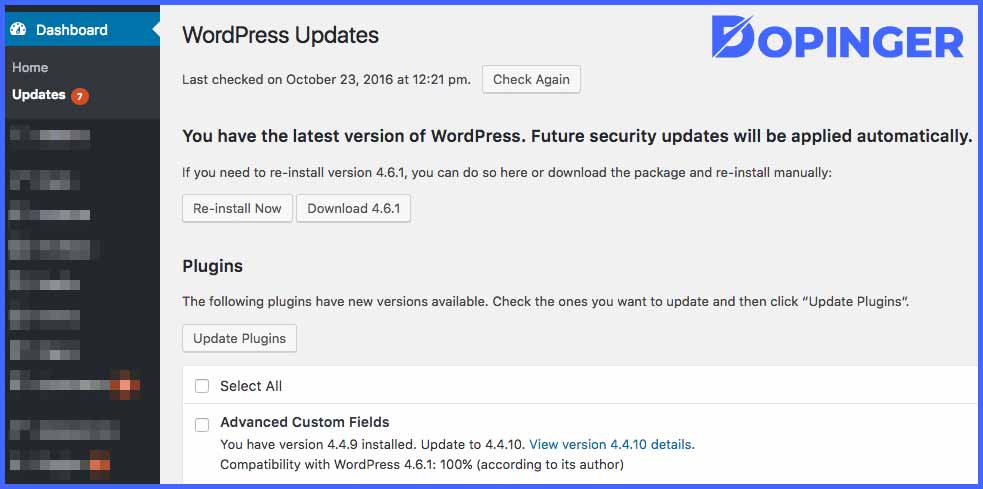
Update WordPress Automatically
So, let’s say that you opted to create websites with WordPress and have been using it for some time. Now you need an update.
One way to do this is automatic which is possible since version 3.7, as a way to optimize such processes, making them practical and straightforward.
You can update in more than one way so, it’s up to you to decide which ones should or shouldn’t be updated automatically, for example, theme, core, plugins, or translation files.
The core mentioned above is the one responsible for testing new features on the platform that improves performance. Thus, by increasing protection and correcting errors in it.
There are even ways to activate automatic updates, later the creation of WordPress sites. But, the most recommended is that someone does this with technical knowledge.
So now, let’s learn how to do automatic updates.
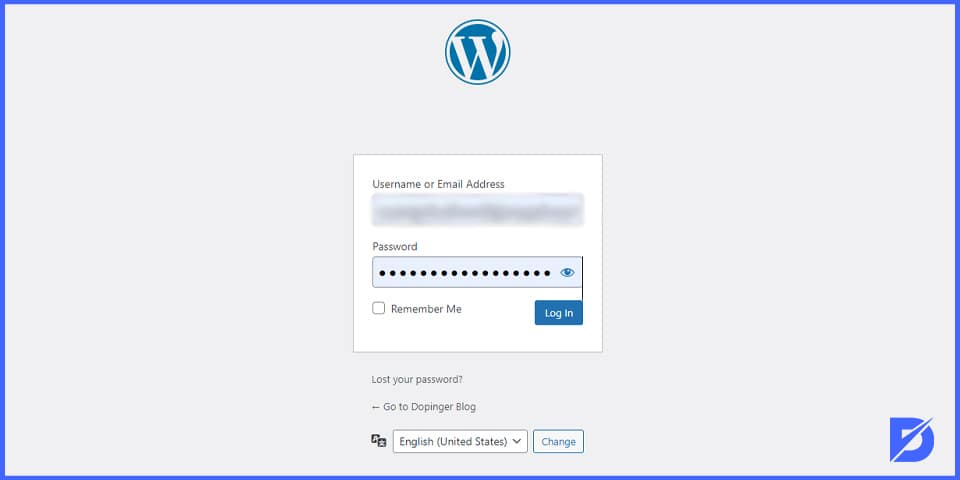
- In the administrator panel, access your “admin” account to enter the desired files for automatic updates.
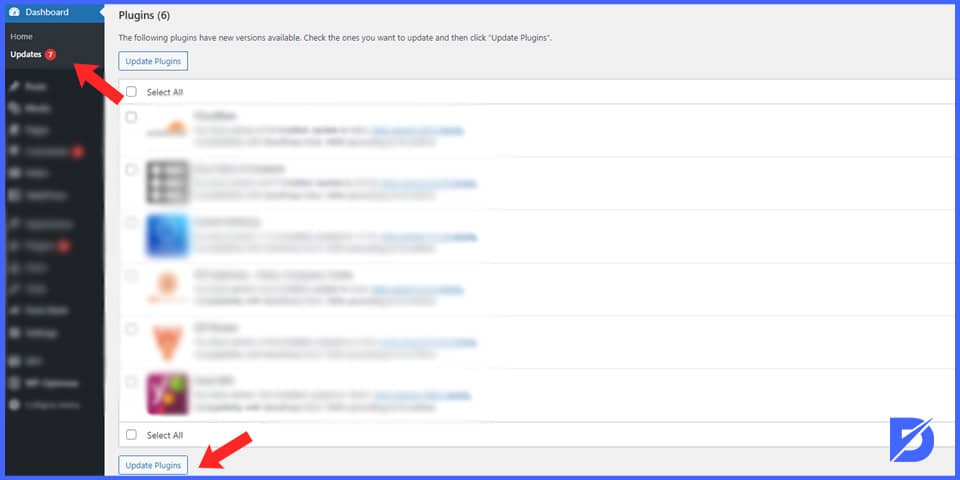
- After accessing your account, if any automatic updates are pending, they will appear on the main panel page. Clicking on it will take you to the updates page. But, if that doesn’t happen, look for this option in the function bar on the left side, inside the “Panel” option.
- Right next to “Updates,” you can already see the pending quantity of these, so access the functionality. If your WordPress needs updating, it will be indicated, and you need to follow the instructions recommended on the page; it is straightforward.
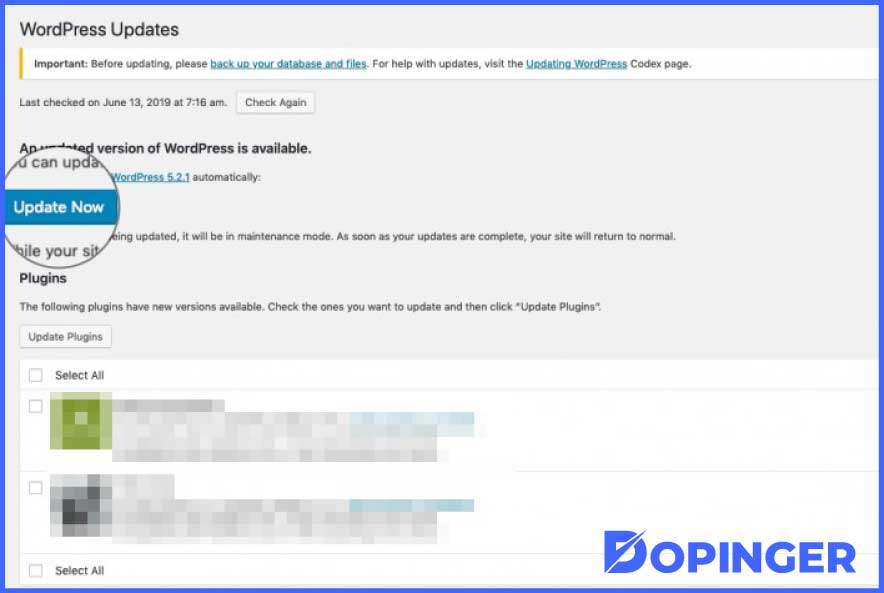
- After clicking “Update Now,” you will see that the CMS will begin downloading the files for update and installation.
- The page will show the whole process in real-time. Soon, when it ends, the platform will be directed to a welcome page explaining the changes that have occurred.
Update WordPress Manually
Now that you know how to update WordPress for your website/blog automatically, we will explain how t manually.
It is worth mentioning that, for this, it will be necessary to use an FTP program which stands for File Transfer Protocol that connects computers to a server. The programs thus ensure the transfer of the necessary files. Some of the free options of these programs are gFTP, SmartFTP, FireFTP, and FileZilla.
However, you still need information that can be obtained from your website hosting company such as username, password, host, hostname, and FTP port. After that, follow the steps that we will show below.
- Download the WordPress latest version.
- You need to extract the downloaded file which requires a RAR or ZIP tool. There are several free options for these, choose one.
- Inside, you will see individual files and three more folders called “wp-admin,” “wp-content,” and “wp-includes.”
- Go to Installed Plugins on your Dashboard and deactivate plugins.
- Go to your website’s server via the FTP program.
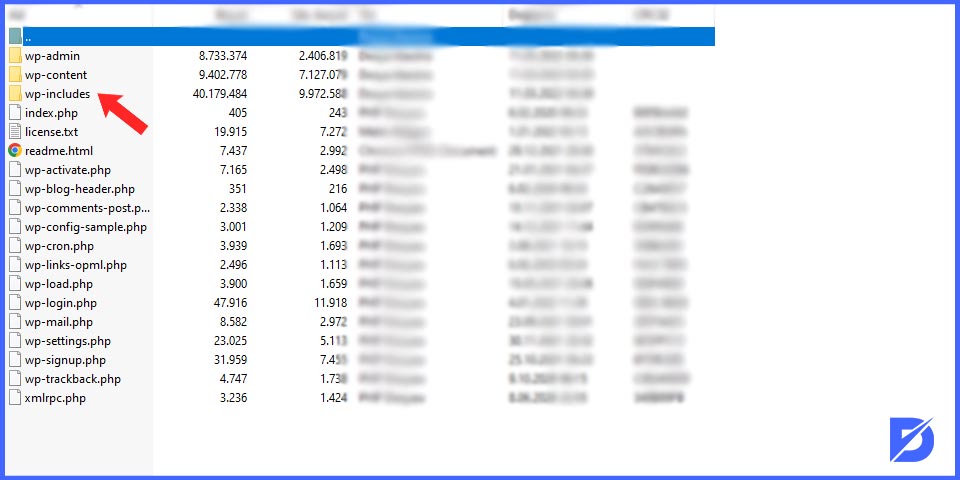
- First of all, within the program, delete the following current folders within your server “wp-admin” and “wp-includes.”
- Please pay close attention not to delete the wp-content folder as it should not be changed in any way since it contains its current content already on the site. This is where some information about your theme and plugins are present. Therefore, deleting it is the same as deleting such files and data.
- After deleting the indicated folders, you must upload the new versions of wp-includes and wp-admin, stored on your computer.
- As for the individual files in it, select the next to upload as well. If a confirmation box appears, click on “Overwrite.” Finally, go to your website’s control panel to check if everything went well.
All in All…
Through this content, it is possible to update WordPress in a safe way to keep the protection of the data and files of the website and its performance and functionalities.
Frequently Asked Questions About
Access your CMS administrator panel, and if any automatic updates are pending, they will appear on the panel’s main page. Clicking on it will take you to the updates page. If it does not, look for the option on the features bar on the left side; inside the “Panel” menu next to “Updates,” you will find the outstanding amount of these, then go functionality.
Following the steps correctly, it is difficult for this to occur. But it is recommended to make a backup of the site files for security. Thus, in the event of an error, it is possible to restore the previous version.
Yes, the updates are to correct problems in previous versions. So the recommended thing is that both the CMS are updated.
Yes, you will need to enable the option by opening the wp-config.php file in the root folder. Then, add a line of code, all through an FTP program.
Please pay close attention, as the wp-content folder should not be changed in any way since they contain its current content already on the site.


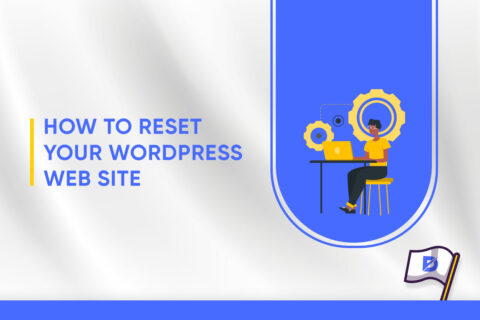

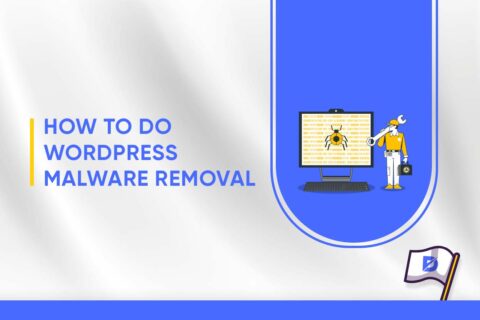
No comments to show.